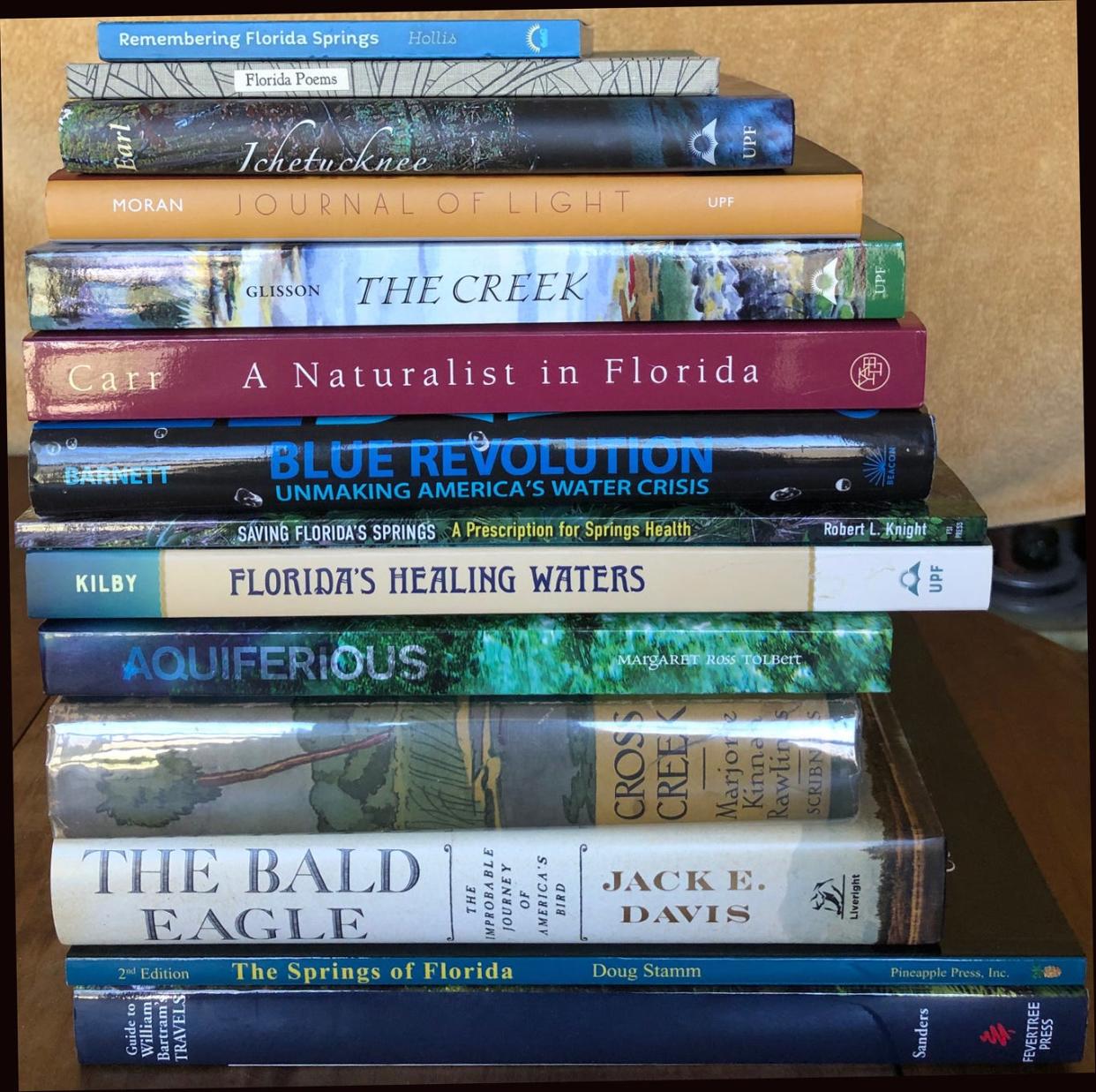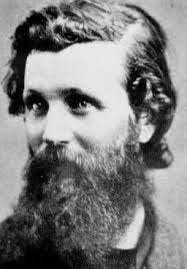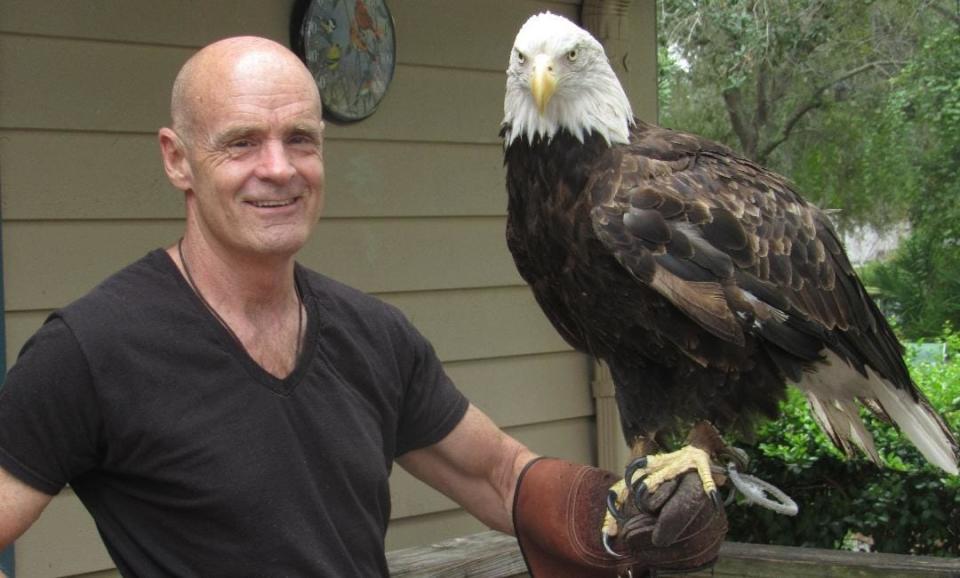The Springs Heartland is a wellspring for writers

An astonishing number of writers have lived in, been inspired by and written about the Springs Heartland region of North Florida — nature writers whose descriptions are personal meditations; environmental writers who challenge us to re-think our relationships with Mother Earth; and fiction writers, poets and songwriters who draw from the wellspring of beauty that surrounds us to nourish their creations.
A column like this can list only a few of these talented people, so forgive me if you or your favorite writer are not included here.
In his “Travels,” originally published in 1791, the botanist, ornithologist and explorer William Bartram wrote lyrically about his explorations through North Florida. His descriptions of our freshwater springs, colored with “the blue ether of another world,” offer tantalizing glimpses of what it must have been like to come upon these bubbling jewels before human activity damaged them.
Although he never visited Florida, the English poet Samuel Taylor Coleridge may have been inspired by Bartram’s accounts of our springs when Coleridge wrote “Kubla Khan.” It’s worth reading the full text of this poem, then seeing how you might match it to Bartram’s springs descriptions.
Somewhere near Cedar Key on his thousand-mile walk to the Gulf, possibly in a fever dream brought on by malaria, John Muir was blessed with the vision that all parts of the natural world, from humans down to “transmicroscopic” creatures, have essential value. Muir, of course, went on to found the Sierra Club and this idea that all living things have intrinsic value is central to the growing rights of nature movement.

Conservationist and University of Florida Professor of Zoology Archie Carr called springs “the singular blessing of the Florida landscape” and mentioned springs several times in books that include “A Naturalist in Florida: A Celebration of Eden.”
My favorite quote of Carr’s reminds me of my first visits to a special spring here in the Heartland: “The springs I remember most vividly were the ones you traveled to down long, sand-track roads through dry pine hills. The first sign of something different was the dark green clump of broadleaf trees; then you saw the spring boil tumbling up out of its deep birthplace and roiling the surface with little prisms that sprayed color from the slanting light of the morning sun. ... The clarity of the water was absolute."
Beginning with her book “Mirage” and continuing through “Blue Revolution,” “Rain” and “The Sound of the Sea,” Gainesville’s Cynthia Barnett uses water as the lens through which she explores humanity’s relationship with our environment. “Blue Revolution” is significant for including Barnett’s idea of a water ethic for the 21st century, which she has adapted for use here in Florida.
UF Professor of History Jack E. Davis specializes in environmental history. Davis won a Pulitzer Prize for his book “The Gulf: The Making of an American Sea.” His other works include “An Everglades Providence: Marjory Stoneman Douglas and the American Environmental Century” and “The Bald Eagle: The Improbable Journey of America’s Bird,” which includes a story about how eggs from North Florida helped eagle repopulation efforts.

Gainesville painter Margaret Ross Tolbert made a big splash with her book “AQUIFERious: Twelve North Florida Springs and the Aquifer That Feeds Them.” “AQUIFERious” inspired many water defenders through combining Tolbert’s images with photographs, cave maps, essays and scientific articles.
Gainesville native Rick Kilby has won Florida Book Awards for two works of solid research and visual delight — “Finding the Fountain of Youth: Ponce de Leon and Florida’s Magical Waters” and “Florida’s Healing Waters: Gilded Age Mineral Springs, Seaside Resorts, and Health Spas.”
Lars Andersen, river guide and instructor in Florida’s Master Naturalist Program, wrote “Paynes Prairie: The Great Savanna, A History and Guide.” The sometimes-wet prairie includes Alachua Sink, which enables water to recharge the Floridan aquifer that feeds our springs.
Robert L. (Bob) Knight of the Florida Springs Institute has written extensively about our springs and the problems they face. His latest book is “Saving Florida’s Springs: A Prescription for Springs Health.”
More Messages from the Springs Heartland:
Controlling withdrawals from our aquifer is not rocket science
Reducing landscape irrigation is essential to protect our springs
The springs of Florida have changed for the worse, but we can still save them
Marjorie Kinnan Rawlings was a fiction writer, not a nature or environmental writer, but this quote from the end of her book “Cross Creek” stands with the best of the best nature writing: “It seems to me that the earth may be borrowed, but not bought. It may be used, but not owned. It gives itself in response to love and tending, offers its seasonal flowering and fruiting. But we are tenants and not possessors, lovers, and not masters. Cross Creek belongs to the wind and the rain, to the sun and the seasons, to the cosmic secrecy of seed, and beyond all, to time."
Who are your favorite writers from the Springs Heartland?
Lucinda Faulkner Merritt is a writer and springs lover who works as the staff assistant/communications coordinator for the Ichetucknee Alliance. This column is part of The Sun's Messages from the Springs Heartland series.
Other writers inspired by springs and the Springs Heartland
Fiction, non-fiction, poetry, photography, graphic design, music, science
Bill Belleville, “The Peace of Blue”
William W. Carter, “The Romance of Silver Springs”
Carita Doggett Corse, “Shrine of the Water Gods” (pamphlet)
Jack E. Davis and Leslie Kemp Poole, editors, “The Wilder Heart of Florida”
Steven Earl, “Ichetucknee”
Richard Eberhart, “Florida Poems”
J. T. Glisson, “The Creek”
Julie Hauserman, “Drawn to the Deep”
Tim Hollis, “Remembering Florida Springs,” “Glass Bottom Boats & Mermaid Tails”
Robert L. Knight, “Silenced Springs,” “Silver Springs,” “Death by a Thousand Cuts”
Cecile Hulse Matschat, “Suwannee River”
Will McLean, “The Ballad of Silver Springs” (song)
Gary Monroe, “Silver Springs”
John Moran, “Journey of Light”
Mudcrutch, “Crystal River” (song)
Mallory O’Connor, “Xanadu’s Cavern”
Patchwork, “Ichetucknee River” (song)
Tom Petty & The Heartbreakers, “Dreamville” (song)
Marjorie Kinnan Rawlings, “The Yearling,” “The Secret River”
Rhonda Riley, “The Enchanted Life of Adam Hope”
Doug Stamm, “The Springs of Florida”
Lu Vickers, “Remembering Paradise Park”
Join the conversation
Send a letter to the editor (up to 200 words) to letters@gainesville.com. Letters must include the writer's full name and city of residence. Additional guidelines for submitting letters and longer guest columns can be found at bit.ly/sunopinionguidelines.
Journalism matters. Your support matters.
Get a digital subscription to the Gainesville Sun. Includes must-see content on Gainesville.com and Gatorsports.com, breaking news and updates on all your devices, and access to the eEdition. Visit www.gainesville.com/subscribenow to sign up.
This article originally appeared on The Gainesville Sun: Lucinda Faulkner Merritt: Springs Heartland is wellspring for writers

